Today’s blog post is the thirteenth in a series, the transcription of Nimrod Headington’s 1852 journal, Trip to California.
In his journal Nimrod Headington details his voyage from New York to San Francisco, where he would stake his claim and pan for gold. [1] [2]
Their ship, the Race Hound, set sail from New York on 16 February 1852 and rounded Cape Horn during the night of 4 May. Today’s installment begins on 27 June 1852, as they continue to sail toward San Francisco.
June 27th. Sunday morning I was up early and went forward under poop deck to take a saltwater bath, as the water was warm and the day was pleasant after a hard rain last night. The air was very pure now, this being the sabbath and almost a calm. Everything seemed to quiet, and almost everyone had a book in their hand—even the sailors, who on every Sabbath before that but one could be heard cursing and swearing. Cursing their God and the contrary winds often to such an extent that it was enough to chill the blood of anyone possessing a soul to hear them. We saw a shark that day, but it was some distance off and going the opposite direction. We were glad of it for none of us wanted to supply his hungry belly.
June 28th. This morning just as I went on deck, two men on top of the [gella] got into a fight, and it was about the worst fist fight I looked at. They were both big, strong men, and they fought for 5 minutes or more. Both badly pounded and was blood all over.
June 29th. We are having strong winds and showers of rain and sudden gales and squalls. Continued all day. It was so cloudy and stormy that the captain could not take the second altitude to determine what latitude we were in.
Last night there were several large birds gathered around the ship. These birds were about the size of a goose and of a brown color. The sailors called them boobies. They are sleepy, lazy kind of bird, and they fall asleep as soon as they light. They had scarcely settled down when the sailors had hold of them and brought them on deck. But they did not hurt them and let them go again. They consider it bad luck to kill a bird of any kind on the sea. There were other birds around the ship called the men of war. They are a white bird and about the same size of the booby, they did not light. There are but two sea fowls that ever light on a ship—the booby and the albatross. The latter is a white bird with black spots on their wings, web footed, and the largest bird of all.
June 30th. We had a very bad storm last night. I thought one time we were going to go down. Several of the passengers rolled out of their berths. But fortunately the storm did not last but a couple of hours. Hard rain began to pour down, and that had a tendency to still the troubled waters. I attempted to sleep on a bench near the hatchway, but it was so awful hot that I could not sleep. Besides, I had not laid there but a short time until the bench capsized and I was laying on the floor. I picked myself up and went up on deck and spent the night there, where I could get a good breath. When daylight came, the wind shifted to the northwest, and we made a rapid run. It rained very often all that day.
While we were at breakfast this morning, someone on deck cried, “Sail, ho.” When we came up on deck, we saw the masts of a vessel supposed to be about 6 miles off our bow, heading the same way we were. But she was running double reef topsails and mainsails with [topgallent] sails furled. Making very slow time. We were running under [studding] sails with our [topgallant] sails and [royal] sails all set. It was not more than 2 hours from the time we first sighted her until we were out of sight. [3]
To be continued…
I will post Nimrod’s journal in increments, but not necessarily every week.
[1] Nimrod Headington at the age of 24, set sail from New York in February 1852, bound for San Francisco, California, to join the gold rush and to hopefully make his fortune. The Panama Canal had not been built at that time and he sailed around the tip of South America to reach the California coast. Nimrod Headington kept a diary of his 1852 journey and in 1905 he made a hand-written copy for his daughter Thetis O. Tate. This hand-written copy was eventually passed down to Nimrod’s great-great-granddaughter, Karen (Liffring) Hill (1955-2010). Karen was a book editor and during the last two years of her life she transcribed Nimrod’s journal. Nimrod’s journal, Trip to California, documents his travels between February of 1852 and spring of 1853.
[2] Nimrod Headington (1827-1913) was the son of Nicholas (1790-1856) and Ruth (Phillips) (1794-1865) Headington. He was born in Mt. Vernon, Knox County, Ohio, on 5 August 1827 and married Mary Ann McDonald (1829-1855) in Delaware County, Ohio, in 1849. Nimrod moved to Portland, Jay County, Indiana, by 1860 and during the Civil War served in the 34th Indiana Infantry as a Colonel, Lieutenant Colonel, and Major. Nimrod died 7 January 1913 and is buried in Green Park Cemetery, Portland. Nimrod Headington is my fourth great-granduncle, the brother of my fourth great-grandfather, William Headington (1815-1879).
[3] Nimrod Headington’s journal, transcription and photos courtesy of Ross Hill, 2019, used with permission.

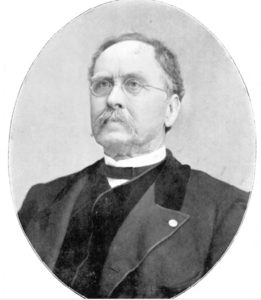

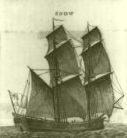
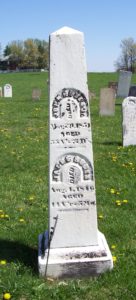
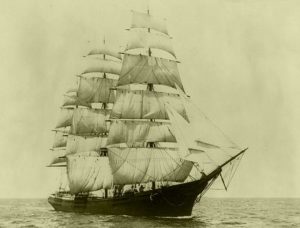

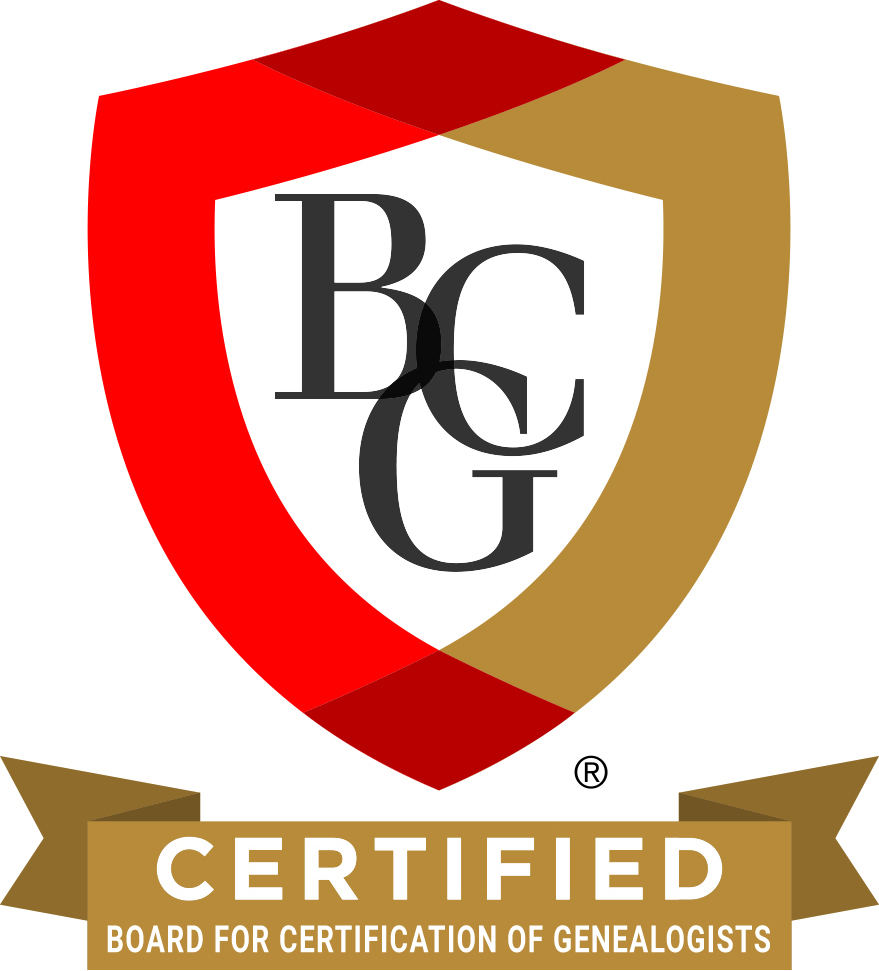


You are welcome!
You're welcome, Karen. I'm still working on this also. Thank you so much for all of your wonderful Mercer County…
Very interesting and great picture (I had neersee before) of the church! Thanks for sharing this, Karen.
Ha! I see why you say that. Your original surname was probably something similar to Schmitt.
Thank you for letting me know.